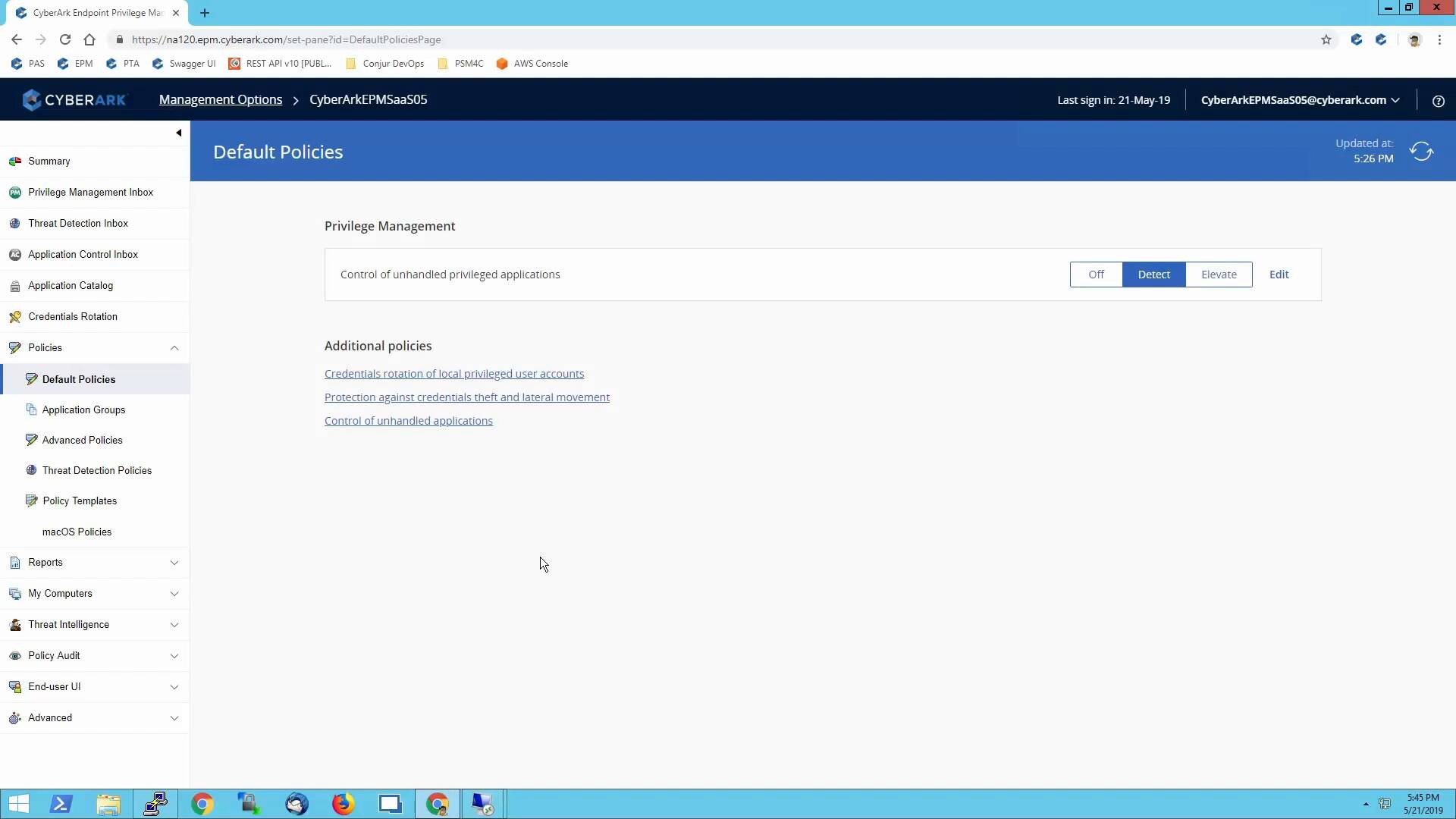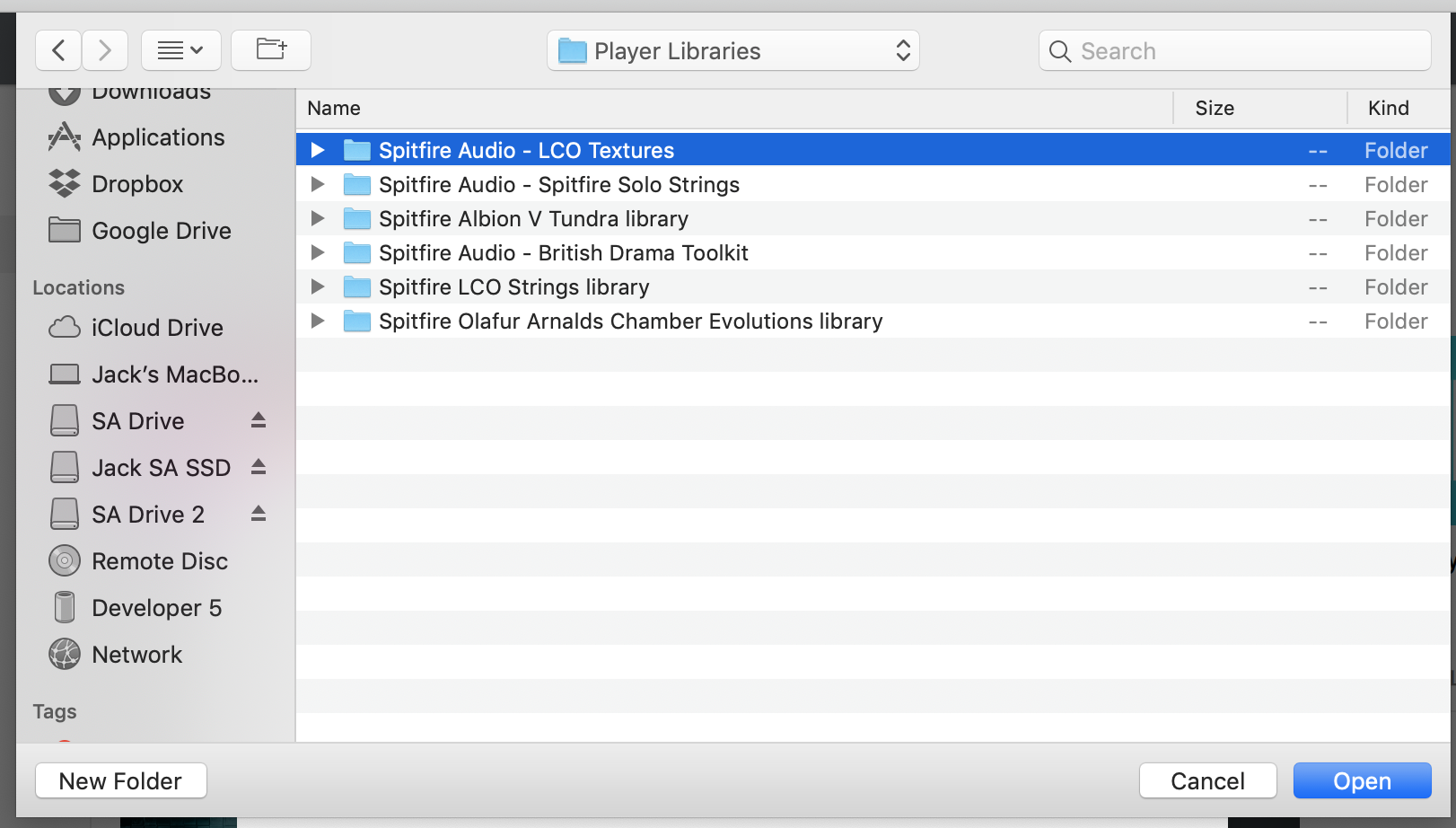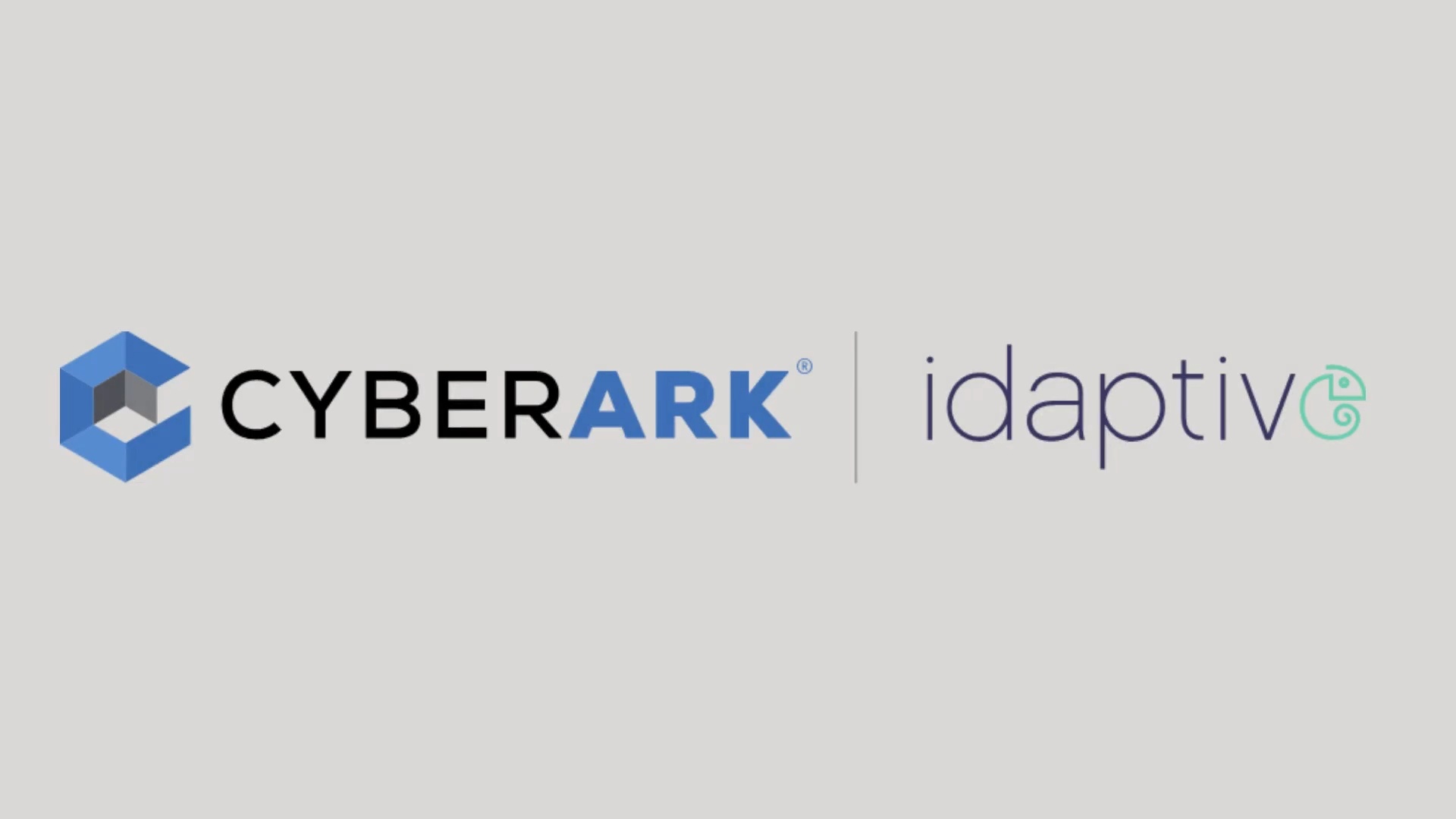

- #Native access uninstall product install
- #Native access uninstall product serial
- #Native access uninstall product update
- #Native access uninstall product verification
To resolve the problem, sign out of your computer (click the Apple icon Log Out) and then sign in again.
#Native access uninstall product verification
In Chrome browser, you might get an error that endpoint verification can't sync because of a Keychain authorization error. You can see the last time the computer synced information with your organization.
On the browser toolbar, click Endpoint Verification. Open Chrome browser and on the toolbar, click Endpoint Verification Sync Now.Īfter you set up endpoint verification, information about your computer automatically synchronizes to your administrator. 

#Native access uninstall product install
$ sudo apt-get install endpoint-verification
#Native access uninstall product update
Enter the following commands to update and install endpoint verification:.$ echo "deb endpoint-verification main" | sudo tee -a /etc/apt//endpoint-verification.list Enter the following commands to add the package source and import the key:.At the top left, click Activities and enter terminal to open a terminal.Otherwise, you might not be able to access those websites. Make sure to choose the one issued by your organization and not the one created by the helper app. Note: When you try to connect to secured services such as internal websites on Chrome browser, you might be asked which certificate to use. app If you have a Linux computer, see Install the helper app (Linux only). If you have a Mac or Windows computer, click Install it and follow the steps to install the helper. You might see a message that a helper app is required on your device.If prompted, click Add Account and enter your work email address and password.On the toolbar on the extension, if you see Exception, click the extension to open it.Open Endpoint Verification and click Add to Chrome.
 (Mac, Windows, and Linux only) On the browser toolbar, if you don’t see the Endpoint Verification extension, you need to install it. If you need to download the browser, see Download & install Google Chrome. On devices running Chrome OS, sign in to the device with the corporate account that you will use to set up endpoint verification. If you have a Mac, Windows, or Linux device, they might ask you to install it. Your administrator can automatically install the Endpoint Verification extension for you. To stop sharing your device information, sign out your managed Google Account from your Chrome browser or remove the Endpoint Verification extension from your Chrome browser. Whether your device follows your organization’s policies (Chrome devices only). The first and last time your computer synchronized work data, including any encryption and if the device has a password.
(Mac, Windows, and Linux only) On the browser toolbar, if you don’t see the Endpoint Verification extension, you need to install it. If you need to download the browser, see Download & install Google Chrome. On devices running Chrome OS, sign in to the device with the corporate account that you will use to set up endpoint verification. If you have a Mac, Windows, or Linux device, they might ask you to install it. Your administrator can automatically install the Endpoint Verification extension for you. To stop sharing your device information, sign out your managed Google Account from your Chrome browser or remove the Endpoint Verification extension from your Chrome browser. Whether your device follows your organization’s policies (Chrome devices only). The first and last time your computer synchronized work data, including any encryption and if the device has a password. #Native access uninstall product serial
Your device ID, serial number, type, and operating system. When endpoint verification is installed, your Chrome browser is open, and you're signed in with your managed Google Account, your administrator can see: For administrators to use endpoint verification, you need to install Chrome browser, the Endpoint Verification extension, and possibly a helper app on your computer. For Linux, the CPU must support AES instructions.Īdministrators in your organization use endpoint verification to control device access to your organization’s data and get details about the devices that do. Supported computers include Mac, Chrome OS, Linux Debian or Ubuntu, and Windows 7 or 10. Make sure your computer meets the Chrome browser system requirements. Endpoint verification requires Chrome browser. Endpoint verification lets your administrator review information about your device and control your access to apps based on your location, device security status, or other attributes. If you access your work account on a work or personal computer, your administrator might require you to set up endpoint verification.








 0 kommentar(er)
0 kommentar(er)
